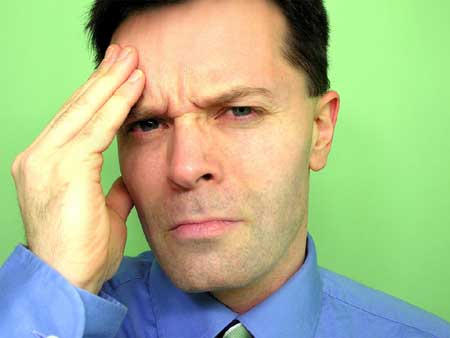
The heart attack is known as myocardial infarction was known as an abrupt and fatal condition in thepast. Nowadays, better understanding of such a condition has given more light to the condition.
So what are the actual heart attack causes?
Your diet
What you eat can determine your safety and protection from heart ailments like myocardial infarction. Foods that contain very high fat content and high LDL content can increase the risks of heart ailments. People should try putting some more control with their diets by minimizing too much fat, by knowing your cholesterol levels, and by eating foods that are high in fiber, and full of the necessary nutrients and vitamins. You have to be aware that even the fit person can have heart attack due to high cholesterol levels. It is important to put much attention to what you put into your body,
Physical activity
Lack of exercise or a sedentary lifestyle can increase the risks of heart attack. If you are full of fats across the body, it exerts more pressure across the body and the blood vessels, causing more pressure to the body. Obesity can also prove to be a big issue since it could also lead to issues like hypertension and other heart conditions. It is important to exercise your body. Be sure to do some physical activities. Simple physical activities can really help.
Stress management
It is important nowadays to stay cool and calm. If you are stressed, you can risk yourself of a heart attack. Sudden changes in your emotions can increase your heart processes and if you have other existing health risks, it can aggravate your heart and lead to a heart attack.
Labels:
Diet,
Physical activity
 Fibroids are growth of tissue that are usually found in the wall of the uterus, or womb. They are made of a mixture of muscle tissue from the uterus and threadlike fibers of connective tissue. Although they are called tumours, fibroids are not cancerous.
Fibroids are growth of tissue that are usually found in the wall of the uterus, or womb. They are made of a mixture of muscle tissue from the uterus and threadlike fibers of connective tissue. Although they are called tumours, fibroids are not cancerous.






















